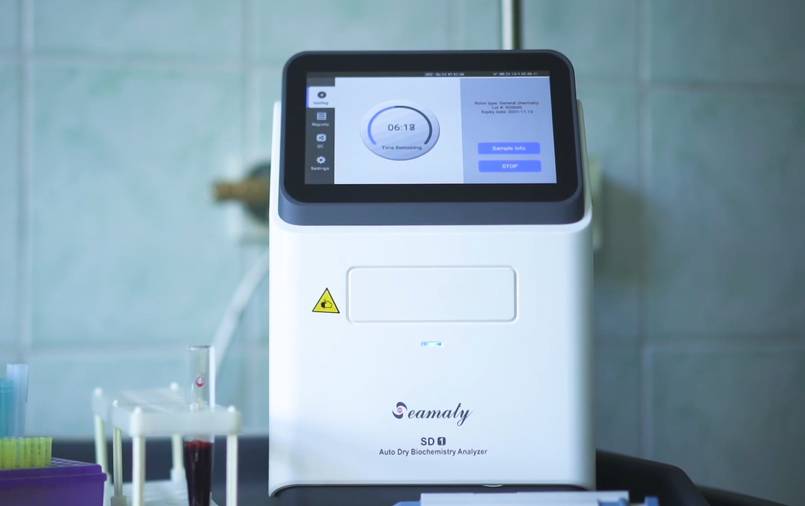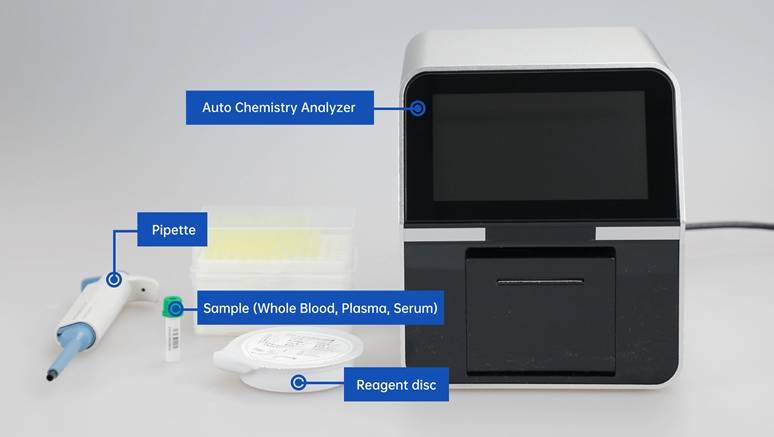Performance indicators of in vitro diagnostic products mainly include analytical performance indicators, clinical performance indicators and registration test indicators. Diagnostic instruments should also comply with the principles of laboratory electrical safety and electromagnetic compatibility.
For the performance indicators of in vitro diagnostic reagents here mainly from the analytical performance indicators and clinical performance indicators to elaborate. Let's look at the analytical performance indicators.
The evaluation of IVD analytical performance should be carried out in accordance with the corresponding evaluation plan, and the instruments, reagents, calibrators, testing procedures, etc. should be evaluated as an overall testing system.
1. Precision
Precision refers to the closeness of the independent test results obtained under the specified conditions. This includes imprecision, repeatability, reproducibility, and intermediate precision.
-
1) imprecision indicates the degree of dispersion of the independent measurement results under specific conditions.
-
2) Repeatability, also known as intra-batch precision, indicates the closeness of the results obtained from consecutive
-
3) measurements of the same test article under the same test conditions.
-
4) reproducibility refers to the degree of closeness of the results obtained by testing the same test article under changing test conditions.
-
5) Intermediate precision: The precision obtained under conditions between reproducibility conditions and reproducibility, including inter-batch and inter-day precision.
The most basic evaluation method is to assess repeatability. That is, the closeness of the results obtained from successive measurements of the same test article to be measured under the same assay conditions. Typically, 20 repeated measurements are required and the mean, standard deviation, and coefficient of variation are calculated. Coefficient of variation is equal to the standard deviation divided by the mean.
2. Accuracy
Accuracy refers to the degree of agreement between the test results and the true value of the measured directly. Accuracy evaluation methods include relative deviation, recovery experiments and comparison experiments.
-
1) Relative deviation: Use national standards or international reference substances as samples for testing, repeat the measurement three times, and calculate the relative deviation of the average value from the marked value.
-
2) Recovery experiment: Select the appropriate concentration of the conventional test sample, add different amounts of the standard substance to be tested to make the recovery sample and the solvent without the substance to be tested to make the base sample. The recovered sample and the base sample are measured by the method to be evaluated, and the recovery rate is calculated according to the formula.
-
3) Comparison test: The methodological comparison is used to evaluate the accuracy of the results of the candidate method. The correlation coefficient is calculated by measuring most clinical samples of different days.
3. Linear range
Linearity range is the range that covers the acceptable linearity of the assay system.
4. Clinical reportable range
The clinically reportable range is the concentration of analytes that exceed the analytical measurement range, allowing the application of sample dilution, concentration and pretreatment analysis methods to determine the true and accurate concentration of analytes in the sample.
5. Limit of blank, limit of detection and limit of quantitative detection
-
1) the blank limit LOB is the maximum detection results observed in blank samples under the specified possible conditions.
-
2) The limit of detection LOD is the lowest measured concentration detectable by the detection method, also known as the low limit of detection.
-
3) quantitative detection limit LOQ is the minimum amount of analyte in the sample can be quantitatively measured under the specified conditions of acceptable precision and correctness.
6. Interference analysis
Interference analysis refers to the determination of the concentration or activity of an analyte, the influence of another non-analyte and lead to an increase or decrease in the measurement results. Interference sources can be divided into endogenous interference and exogenous interference. Endogenous interference includes hemolysis, jaundice, lipid blood, rheumatoid factor, heterophilic antibodies, etc.; exogenous interference includes drugs, anticoagulants and other.
7. Stability
The ability of
in vitro diagnostic reagents to maintain the consistency of their characteristics over time. It mainly includes storage period stability, pre-use stability and transport simulation stability.

The above is a brief introduction of analytical performance indicators. For clinical diagnostic performance evaluation of IVD products, please click on this article.



